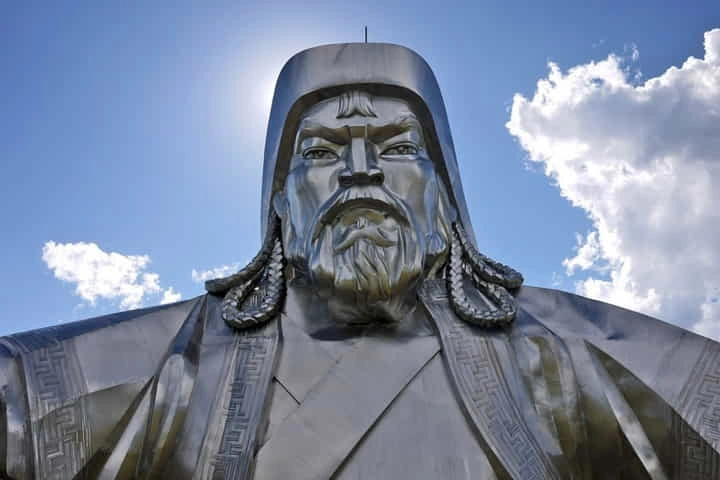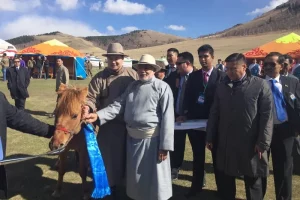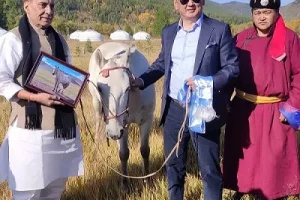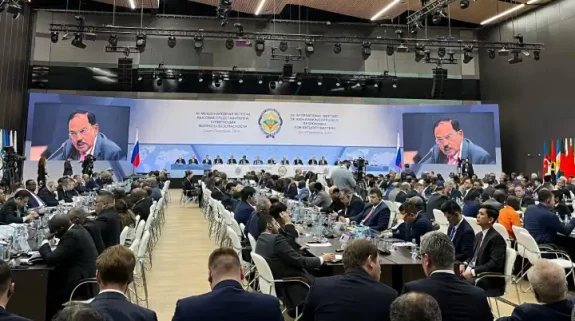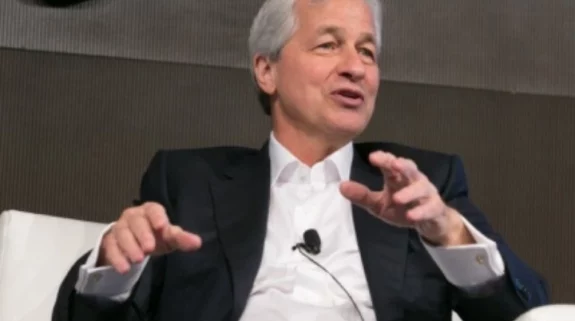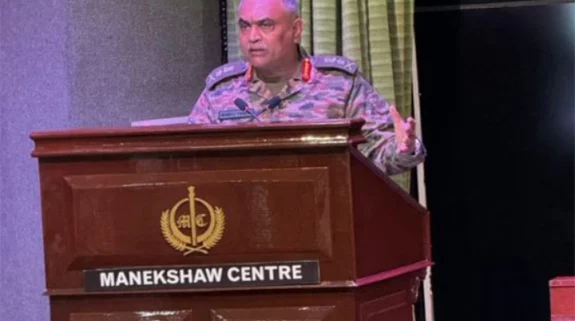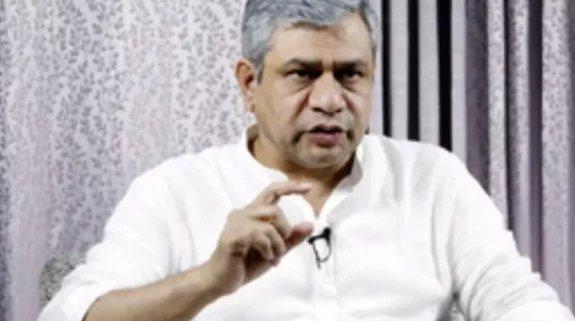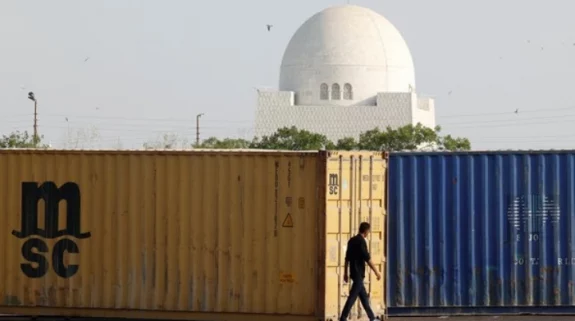Genghis Khan, a leader to reckon with, etched his name in history forever as the founder of the Mongol Empire which stretched from the Pacific Ocean to Ukraine when he died in 1227. One would expect a grand tomb for him but the truth is that no one knows where this Khan is buried and much less about how his resting place looks like according to a report in livescience.com.
The exact site of the tomb is not expected to be found soon and in fact many in Mongolia prefer that it is not found as the great Khan is a revered religious figure today in the country.
One view suggests that the leader was interred in Khentii province in eastern part of Mongolia – a place he was born. In an email to Live Science, Nancy Steinhardt who is a professor of East Asian art at the University of Pennsylvania's Penn Museum mentioned: "I think the tomb is in [the] mountains in Khentii Province. I don't think it will be found any time soon.”
Going through contemporary sources of that period also does not throw any light on the tomb or what the structure looked like. In a 2014 study, a team of researchers wrote: "There exists no historical or archaeological record describing the physical appearance of this tomb.” The study was published in the journal PLOS One.
Using modern technology, researchers had used satellite imagery to locate Khan’s resting place. The satellite survey did locate a number of archaeological remains but it did not reveal the whereabouts of the tomb.
One source — anonymously written – is "The Secret History of the Mongols”, penned a little after Khan’s death states that 1227 as the year when he “ascended to Heaven” but it has no mention about the tomb.
Yet, this material does reveal about Khan’s fondness and reverence for Burkhan Khaldun – a venerated mountain situated in Khentii province. Early in his life, Khan has used this mountain's terrain to escape from enemies after him. Quoting Khan, the text mentions that he said that "every morning I will sacrifice to Burkhan Khaldun, every day I will pray to it: the offspring of my offspring shall be mindful of this and do likewise!" Reflecting the bond the leader shared with this mountain made many surmise that he was buried there. So far, the tomb has not been found.
In 1227 when Khan died, he was 67 years old and was leading a battle against Tanguts, a group in today’s northwestern China. Keeping in mind the location of the place, it would have been extremely difficult for soldiers to take the body back to Mongolia, said Frank McLynn, a historian who wrote the book "Genghis Khan: The Man Who Conquered the World”.
Stationed 500 kilometres from his homeland, the Mongols of that period did not have the wherewithal and knowledge to embalm the body and take it back. Not wanting to risk decomposition of the body, they would have been compelled to bury him there. McLynn feels that Khan’s remains and tomb are in the Ordos region of northwestern China.
Marco Polo (1254-1324), the Venetian explorer who lived in China for 17 years in the book “The Travels of Marco Polo” wrote 20,000 people knew the whereabouts of Khan’s tomb and all of them were killed to keep it a secret. Recorded in a book written by Rustichello da Pisa, Polo’s stories were published around 1300.
Many counter this since Polo’s wrote decades after Khan had died and also because many of his claims have been questioned by today’s historians. Thus, one does not know if the traveller’s claim about Khan’s tomb is true.






